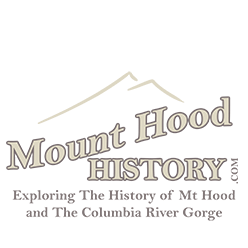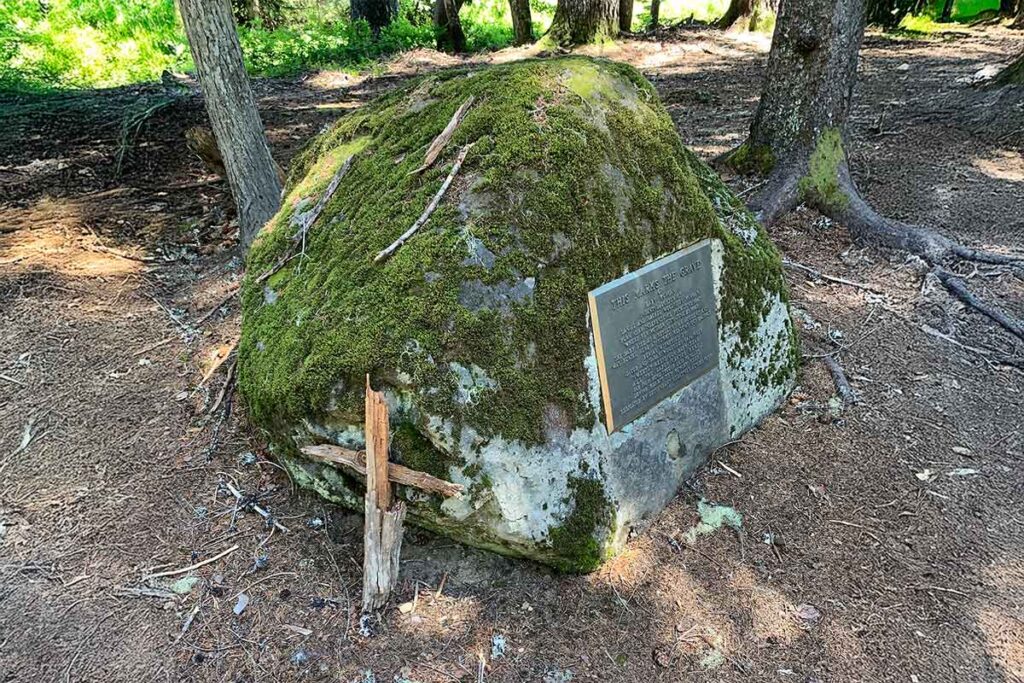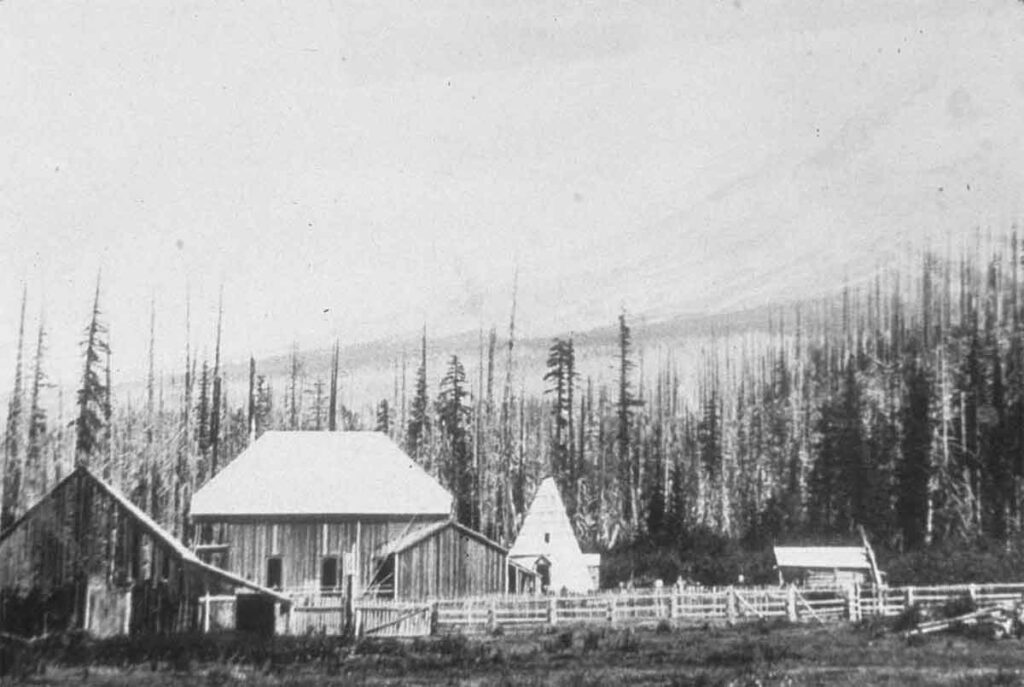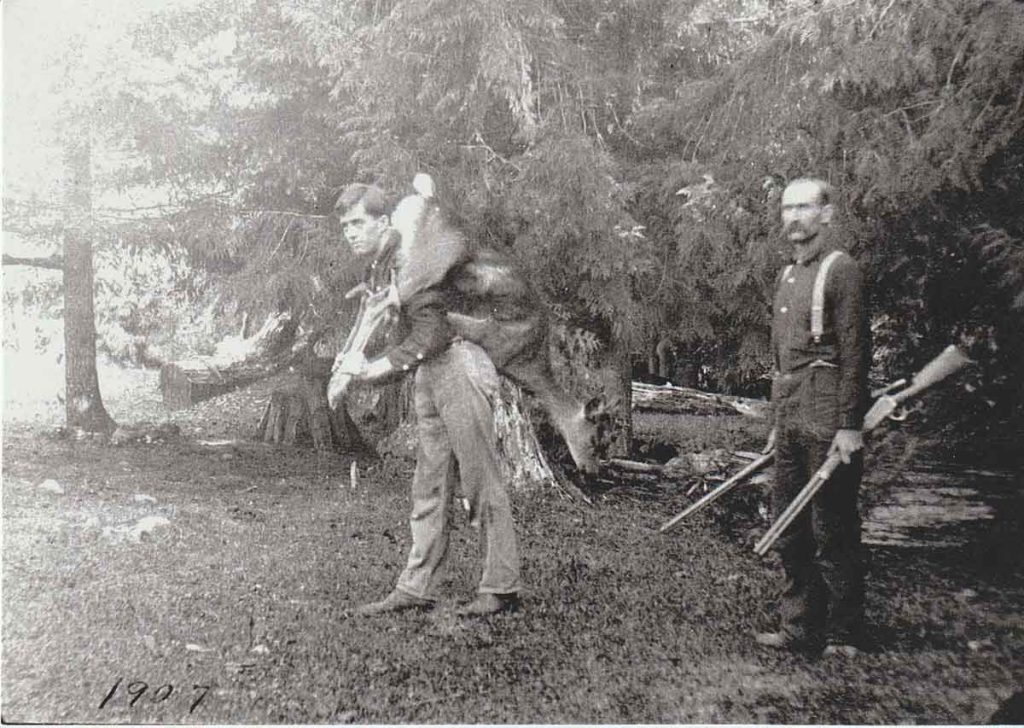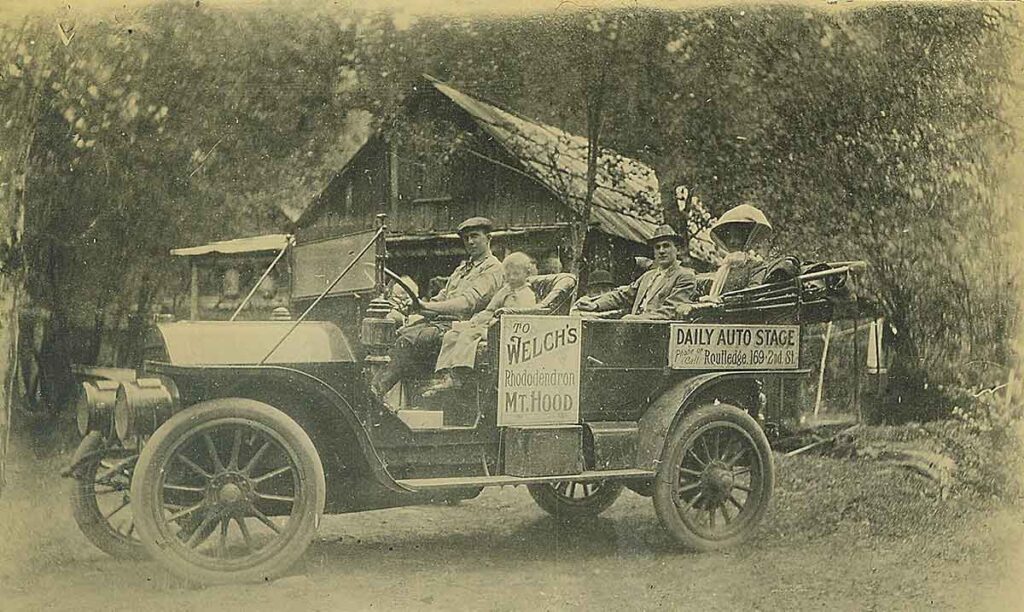Tucked in the peaceful meadow near Government Camp, Oregon, lies a quiet grave that tells a heartbreaking story. Baby Morgan’s grave is marked by a small bronze plaque mounted on a random boulder named Chimney Rock
Tag: barlow road
Summit Meadow Pioneer Cemetery
Near Government Camp, Oregon, within view of Mount Hood, at the Summit Meadow Pioneer Cemetery
Arlie Mitchell Barlow Road’s last Tollgate Keeper
Arlie Edward Mitchell, 89, thought to be the last living Barlow Road tollgate keeper, dies June 1. (1976).
Reliance Mt Hood Stages
Reliance Mt Hood Stages – First Autos to Mount Hood Reliance Mt Hood Stages – In the early days of the road to Mount Hood, after the immigrant era, the road allowed the burgeoning new city of Portland to access the mountain for recreation. Mountain climbing and hiking the trails in the foothills in those days … Continue reading Reliance Mt Hood Stages
